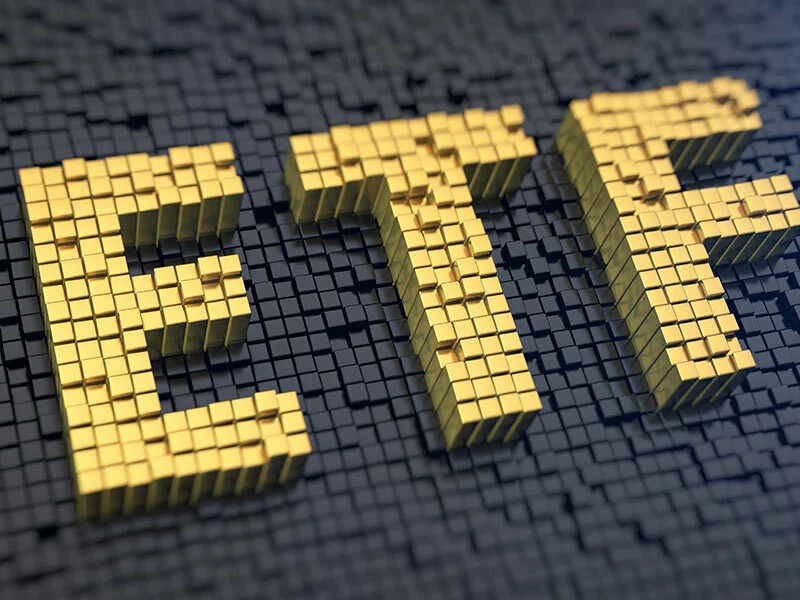Gold Exchange Traded Funds (ETFs) have gained popularity among Indian investors as an efficient and convenient way to invest in digital gold. Gold ETFs provide exposure to the price movements of gold without the need for physical ownership. And here is everything you need to know about gold ETFs to make the most of this investment product.
What is a gold ETF?
Gold ETFs are open-ended mutual fund schemes that invest in physical gold. Each unit of the ETF represents a specific quantity of gold, typically 1 gram. These funds aim to track the price of gold and provide returns that are in line with the prevailing gold prices. These ETFs exhibit some unique characteristics and features, like –
- Convenience and safety
Investing in Gold ETFs offers the convenience of trading on the stock exchange like any other equity instrument. You can buy or sell gold ETF units through your demat account, eliminating the need for physical storage and security concerns associated with owning physical gold.
- Transparency
Gold ETFs provide transparency in terms of the underlying asset value. The net asset value of a gold ETF is based on the prevailing gold prices and is publicly available. This transparency allows you to track the value of their investment in real-time.
- Cost efficiency
Gold ETFs offer cost efficiency compared to physical gold purchases. The expense ratio of gold ETFs is generally lower than the making charges and storage fees associated with physical gold. This makes them an attractive option when you are looking to minimise investment costs.
- Liquidity
Gold ETFs provide high liquidity as they are traded on the stock exchange during market hours. You can buy or sell gold ETF units at market prices, ensuring ease of entry and exit from your investment.
- Purity and quality assurance
Gold ETFs invest in physical gold of 99.5% purity or higher. The underlying gold holdings are typically stored in secure vaults and audited regularly, ensuring the quality and purity of the gold.
- Small denomination investments
Gold ETFs allow you to invest in small denominations, such as 1 gram, making investment in gold accessible even with a low investible surplus. This provides flexibility to accumulate gold in your portfolio over time.
- Tracking error
Gold ETFs aim to replicate the performance of the underlying gold price. However, there may be a slight tracking error due to factors like expenses, market conditions, and liquidity. It is advisable to check the tracking error of the Gold ETF before investing.
- Market risks
Gold ETFs are subject to market risks, including fluctuations in gold prices. Factors such as global economic conditions, geopolitical events, and currency movements can impact the price of gold and, consequently, the value of gold ETFs. It’s important to evaluate your risk appetite and consider gold as part of a diversified investment portfolio.
Final words
Gold ETFs are a great way to add gold as an asset class to your portfolio. Gold’s risk-return profile is not similar to other asset classes such as stocks and hence is a great way to add diversification to your portfolio. Gold also works as a store of value and hence acts as a hedge against inflation, which is an essential point to consider when making investments. You can easily buy gold ETF units from any asset management company and invest in it like you do in other mutual funds.
You may also like
-
Exploring Options for Sustainable Agricultural Financing and Loans
-
Tax Accountants and Tax Returns in Pakenham: Your Comprehensive Guide
-
How credit card rewards programs truly benefit smart spenders?
-
Advanced Techniques for Analyzing CFD Trading Data and Results
-
Top Wealth Management Tips for High-Net-Worth Individuals


